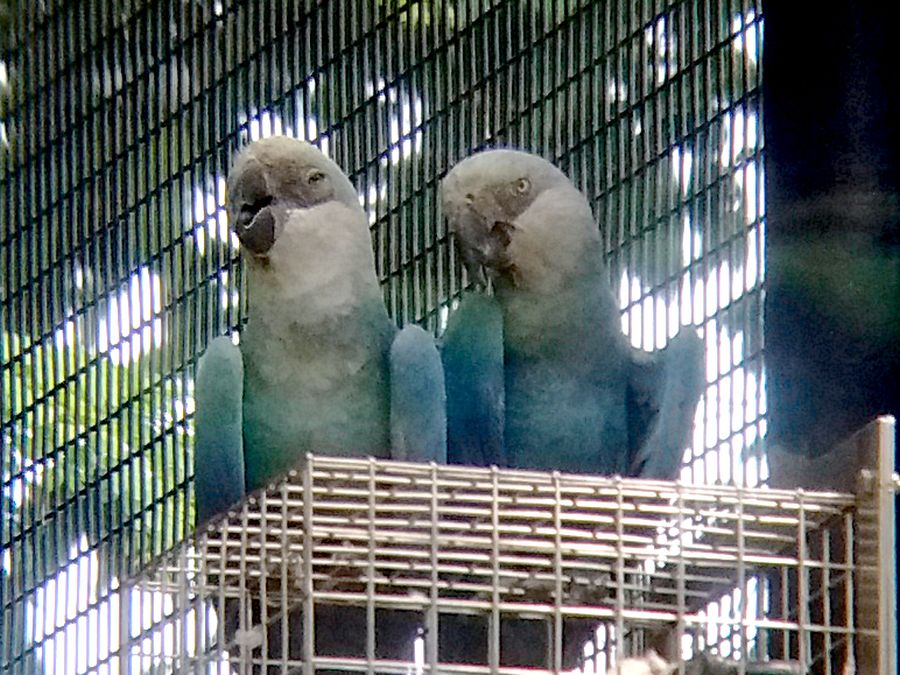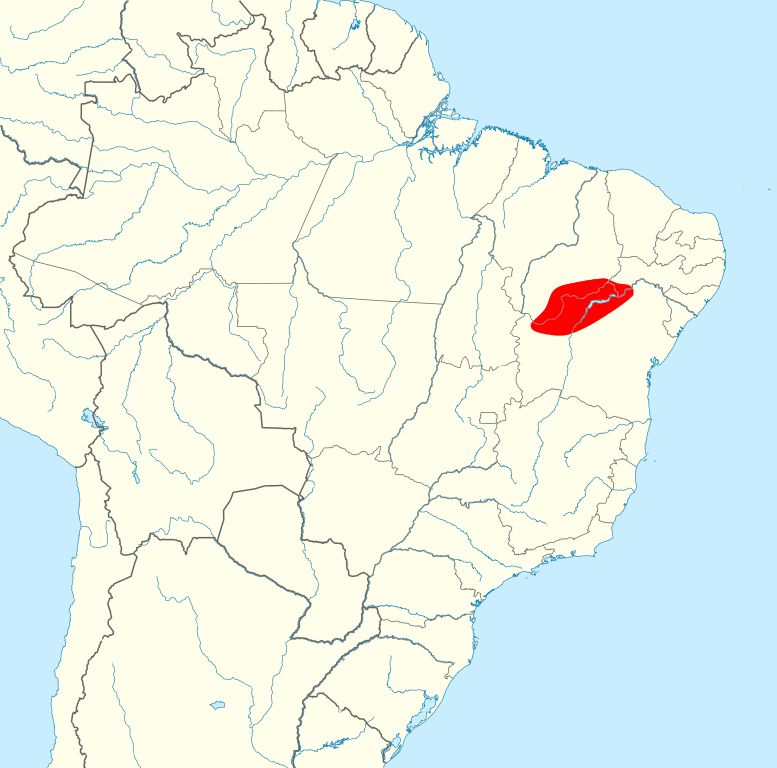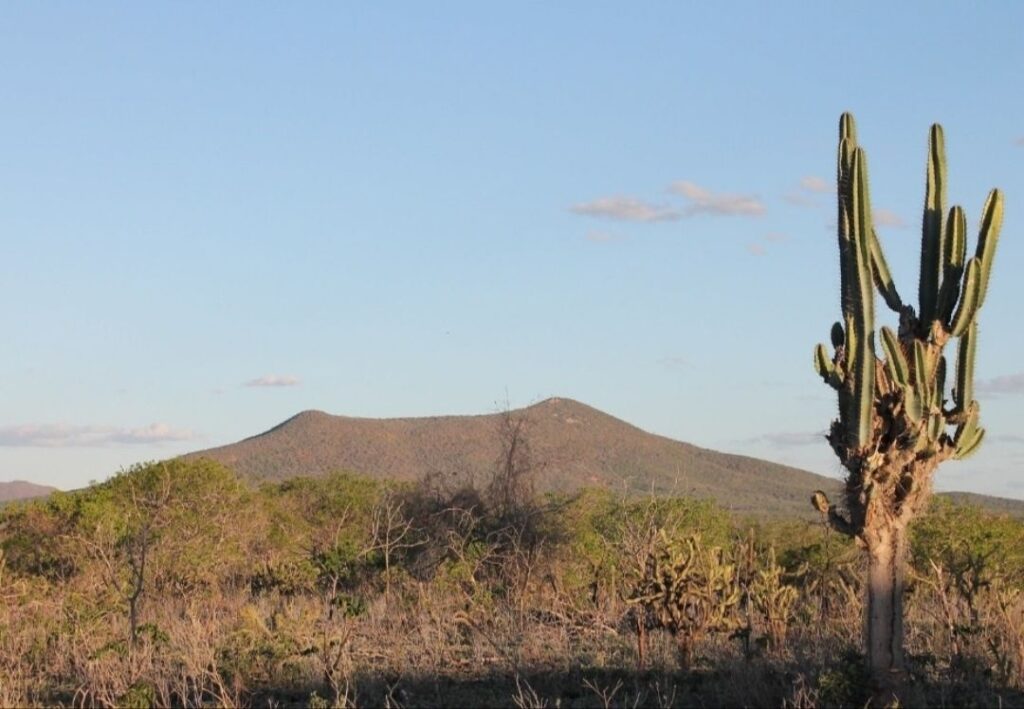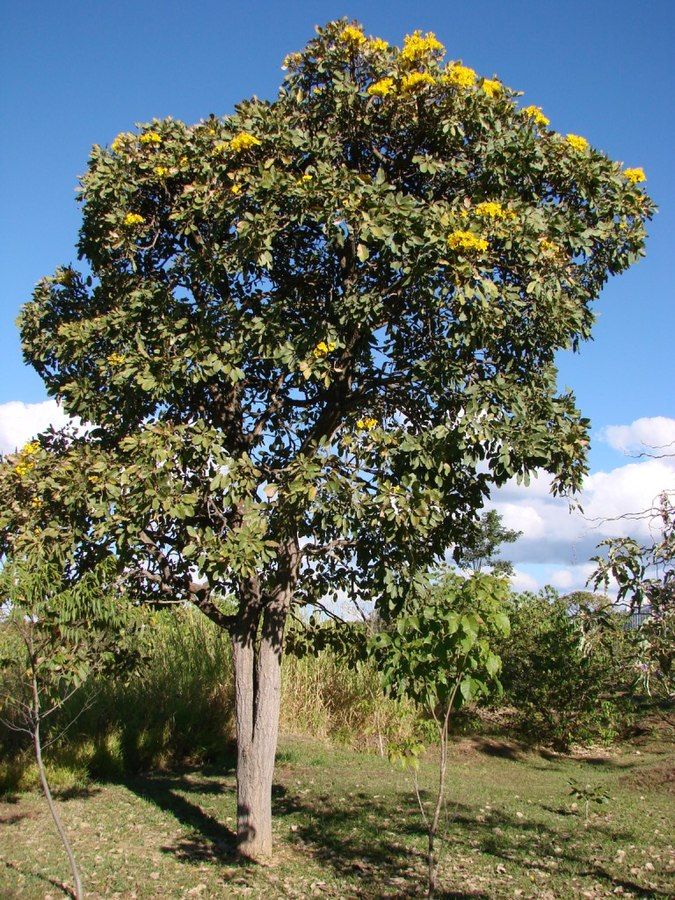
14 April 2023
The parrots pictured above are Spix’s macaws (Cyanopsitta spixii) that used to be endemic to the semi-arid Caatinga of eastern Brazil.

The past tense is important here. Though never numerous, their population declined precipitously in the late 20th century. By 2000 they were extinct in the wild and existed only in captivity.
Organizations, including the Association for the Conservation of Threatened Parrots (ACTP e.V.), conducted captive breeding programs to release Spix’s macaw back to their homeland but they also had to spend many years locating, protecting and preparing proper habitat for the birds’ release into the hottest, driest area of the Caatinga.

Habitat loss, invasive predators and the disappearance of the birds’ one special tree, the Caraibeira (Tabebuia aurea), had to be reversed.

By April 2022 the habitat was ready and ACTP e.V. prepared a small flock of Spix’s macaws for release back into the wild.
(video from Association for the Conservation of Threatened Parrots on YouTube, 4 April 2022)
The release occurred in June 2022, as shown in this video from ABC News.
(video from ABC News on YouTube, 14 June 2022)
What a gorgeous sight to see them fly free at last!
(photos and video credits are in the captions; click on the links to see the originals)